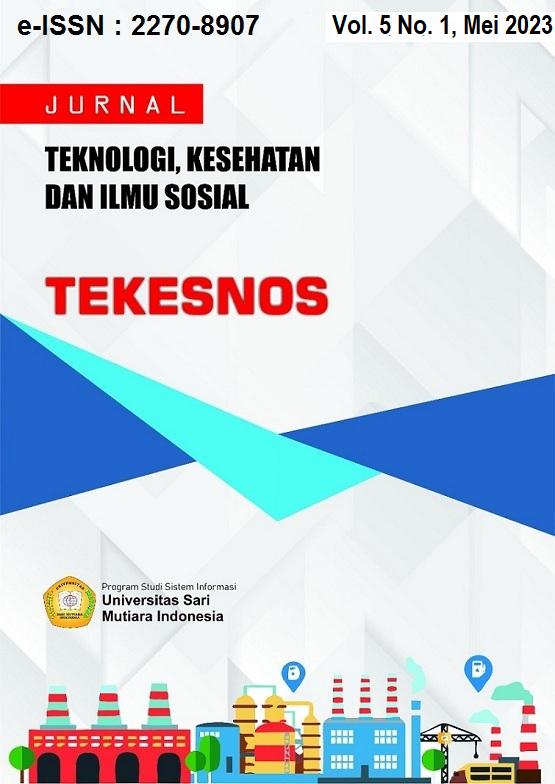Pemeriksaan Hitung Jenis Sel Monosit Pada Penderita Tuberkulosis Paru di Rumah Sakit Khusus Paru Medan
Keywords:
Pulmonary Tuberculosis, Differential Count Leukocytes, MonocytesAbstract
Tuberculosis is an infectious disease caused by the bacteria Mycobacterium tuberculosis with a percentage of 80% that most often occurs in the lungs. Transmission of TB itself can be through droplets of sputum when coughing or sneezing and can infect other healthy people. Diagnosis of TB is based on history and physical examination as well as other supporting examinations, namely radiological and bacteriological examinations. Monocytes are the largest leukocyte cell type. Its cell nucleus has fine chromatin granules that bend in the shape of a kidney/mung bean seed. Monocytes have two functions, namely as phagocytes of microorganisms (especially fungi and bacteria) and other foreign bodies, and play a role in immune reactions. This type of research is descriptive which aims to determine the percentage of monocyte cells in patients with pulmonary tuberculosis. This research was conducted in June-July 2023 at the Pulmonary Specialized Hospital with a sample of 10 people. Based on the results of the study, the number of monocytes increased by 6 people (60%) and normal by 4 people (40%). Increased monocyte counts can occur because they have not received or have not completed initial treatment for 2 months. Normal monocyte cells are due to having received treatment for 2 months. Suggestions for patients with pulmonary tuberculosis both who have and have not received 2 months of treatment should continue with 6 months of treatment and conduct periodic inspection.
Downloads
References
Derliana Devi. Manajemen Pasien Tuberkulosis Paru. 2011 Vol.11 No.1 2087-2879.
Dinkesprov. 2012. Profil Kesehaan Provinsi Sumut. Medan: Dinkesprov.
Gandasoebrata, R. 2011. Penuntun Laboratorium Klinik, Jakarta: Dian Rakyat.
Infodatin. 2012. Tuberculosis. Temukan Obati Sampai Sembuh. Jakarta: Kemeskes RI.
Kemenkes., 2012 Profil Kesehatan Indonesia. Jakarta: Kemenkes RI.
Khaironi Syarifah. Jurnal Analis Kesehatan Klinikal Sains. 2017 Vol5 No. 2338-4921.
Kurniawan, Bakti, Fajar., 2015. Kimia Klinik Praktikum Analis Kesehatan 5. Jakarta.
Naga, S, Sholeh.,2013. Buku Panduan Lengkap Penyakit Dalam. Yogyakarta: Diva Press.
Oehadian, A. 2003. Aspek Hematologi Tuberkulosis. Bandung: FK UNPAD.
Oehadian, A. 2008. Aspek Hematologi Tuberkulosis. Bandung: FK UNPAD.
Rab, Tabrani., 2013. Penyakit Paru. Jakarta: CV. Trans Info Media.
Soedarto., 2014. Mikrobiologi Kedokteran. Jakarta: Sugeng Seto.
Werdhiani, Asti, Retno., 2010. Patofisiologi, Biognosis dan Klasifikasi Tuberkulosis. Jakarta: FKUI.
Widoyono., 2008. Penyakit Tropis, Epidiemiologi, Penularan, Pencegahan dan Pembrantasan. Jakarta: Penerbit Erlangga.
Widoyono., 2011. Penyakit Tropis, Epidiemiologi, Penularan, Pencegahan dan Pembrantasan. Jakarta: Penerbit Erlangga.
Syamsul Bakhri, AK. 2018. Jurnal Media Analis Kesehatan Makassar: e-ISSN: 2621-9557.













